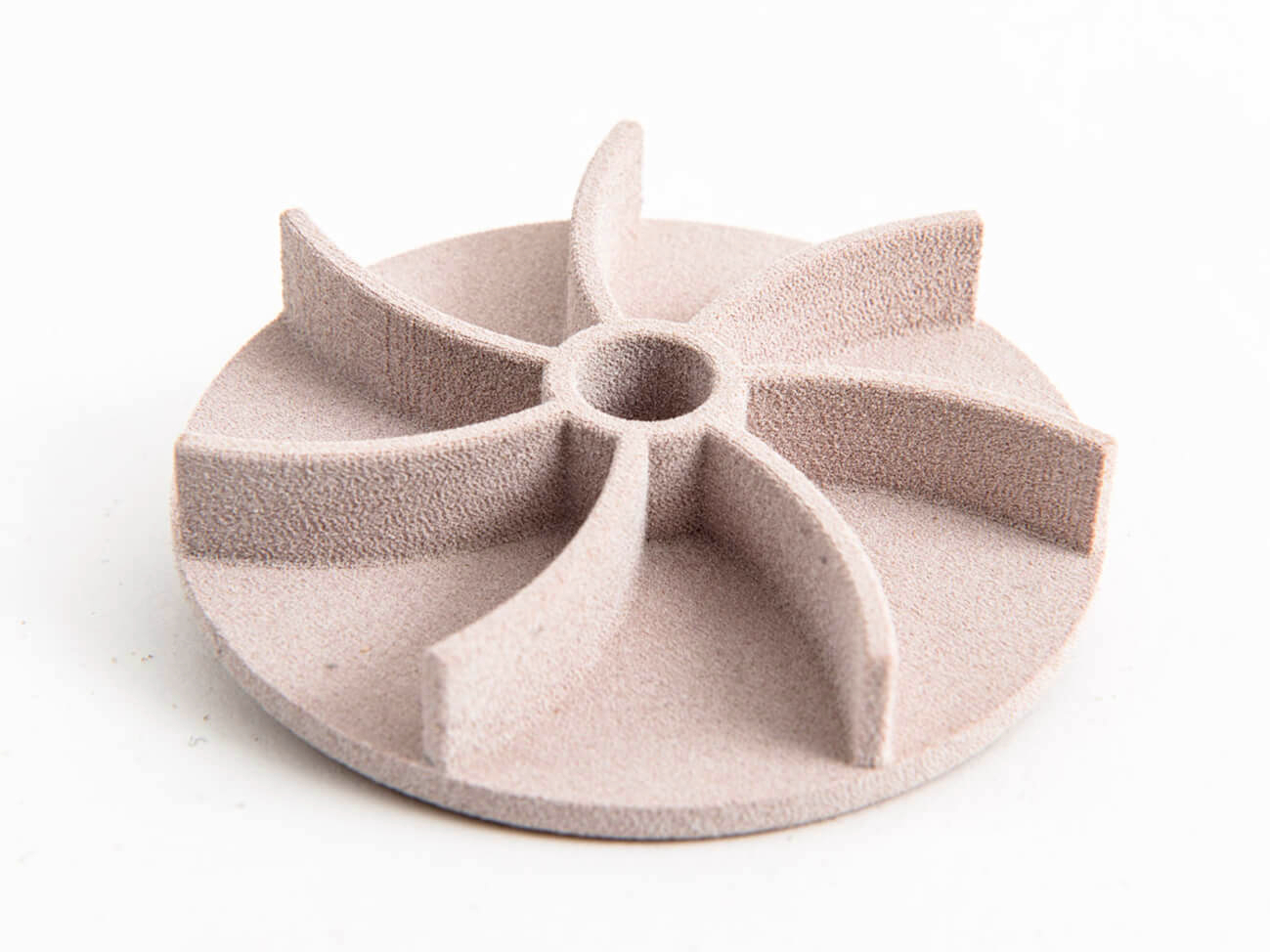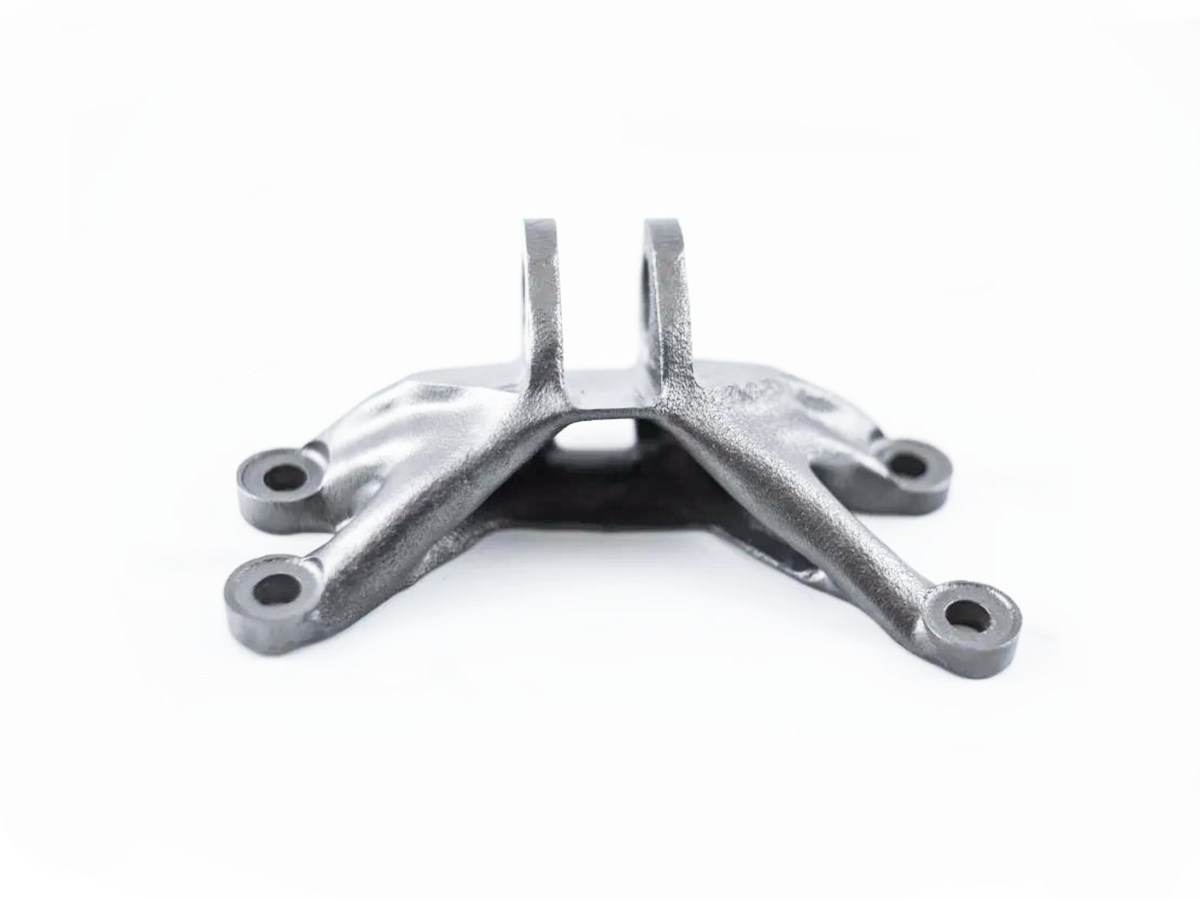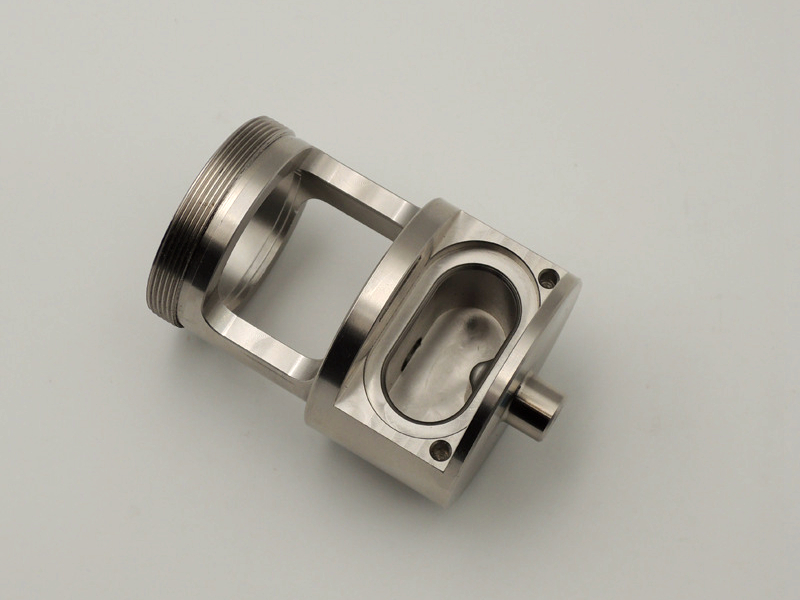Will SLA resin parts yellow or lose performance over long-term use?
From a materials engineering and manufacturing standpoint, the long-term stability of SLA resin parts is a critical consideration for applications beyond prototyping. The short answer is yes, untreated standard SLA resins are susceptible to yellowing and can experience a significant loss in mechanical performance over time, primarily due to the inherent chemical nature of photopolymers. However, this degradation can be managed and mitigated through informed material selection, post-processing, and design for application.
Primary Degradation Mechanisms
The degradation of SLA parts is driven by two main factors:
1. UV Radiation and Photo-Oxidation: Standard resins are composed of photo-initiators and oligomers that remain chemically reactive after printing. Prolonged exposure to ultraviolet (UV) light, whether from sunlight or indoor lighting, provides energy to drive further chemical reactions. This causes photo-oxidation, which breaks down the polymer chains, leading to embrittlement and the characteristic yellow or amber discoloration. The parts effectively continue to "cure" in an uncontrolled manner.
2. Moisture and Heat: Elevated temperatures can accelerate the loss of mechanical properties, such as strength and toughness, by weakening the polymer matrix. Humidity can also plasticize some resins, causing them to absorb water and swell slightly, which can affect dimensional stability and properties.
Impact on Mechanical Performance
The specific performance loss depends heavily on the resin formula:
Standard & "Tough" Resins: These are most prone to embrittlement. Over weeks or months, they can lose a significant percentage of their impact strength and elongation at break, becoming much more brittle and prone to cracking under shock or cyclic loads.
Specialty Engineering Resins: Formulations such as ABS-like, PP-like, or high-temperature resins are designed with better stabilizers and polymer chemistry for improved aging resistance. While not immune, they degrade much more slowly and retain their functional properties for longer durations.
Mitigation Strategies and Material Selection
To ensure long-term performance, a proactive engineering approach is essential:
Select the Right Resin for the Environment:
For outdoor or UV-exposed applications, specify resins labeled as "UV Stable" or "Weather Resistant." These contain additives that scavenge free radicals and absorb UV radiation to protect the polymer matrix.
For functional components, use advanced Engineering Resins designed to mimic the long-term stability of thermoplastics like ABS or Polypropylene.
Implement Protective Post-Processing:
Post-Curing: A complete and controlled post-curing process is not just for achieving final properties; it also consumes residual photo-initiators, making the part more chemically stable and less prone to subsequent degradation.
Protective Coatings: Applying a barrier coating is one of the most effective strategies. A clear UV-resistant coating can filter harmful radiation, while a paint layer provides both physical and UV protection.
Design and Application Considerations:
Avoid using standard SLA resins for critical, long-term load-bearing applications, especially in harsh environments.
For true end-use production where long-term stability is paramount, consider transitioning from SLA to technologies that use stable thermoplastics, such as SLS (with Nylon) or CNC Machining of engineering plastics, which offer superior and more predictable long-term aging characteristics.
Engineering Guidelines
For Visual Models/prototypes, standard resins are acceptable. For archival models, store them in a dark, climate-controlled environment.
For Short-Term Functional Use: Select a "Tough" or "Durable" engineering resin and ensure it is fully post-cured.
For Long-Term End-Use: Mandate a UV-stable resin combined with a protective coating, or, better yet, choose a manufacturing technology that uses a inherently stable thermoplastic material from the outset.
In summary, while SLA offers unparalleled detail and speed for prototyping, its use for long-term applications requires careful engineering to combat the inherent aging tendencies of photopolymer resins.



